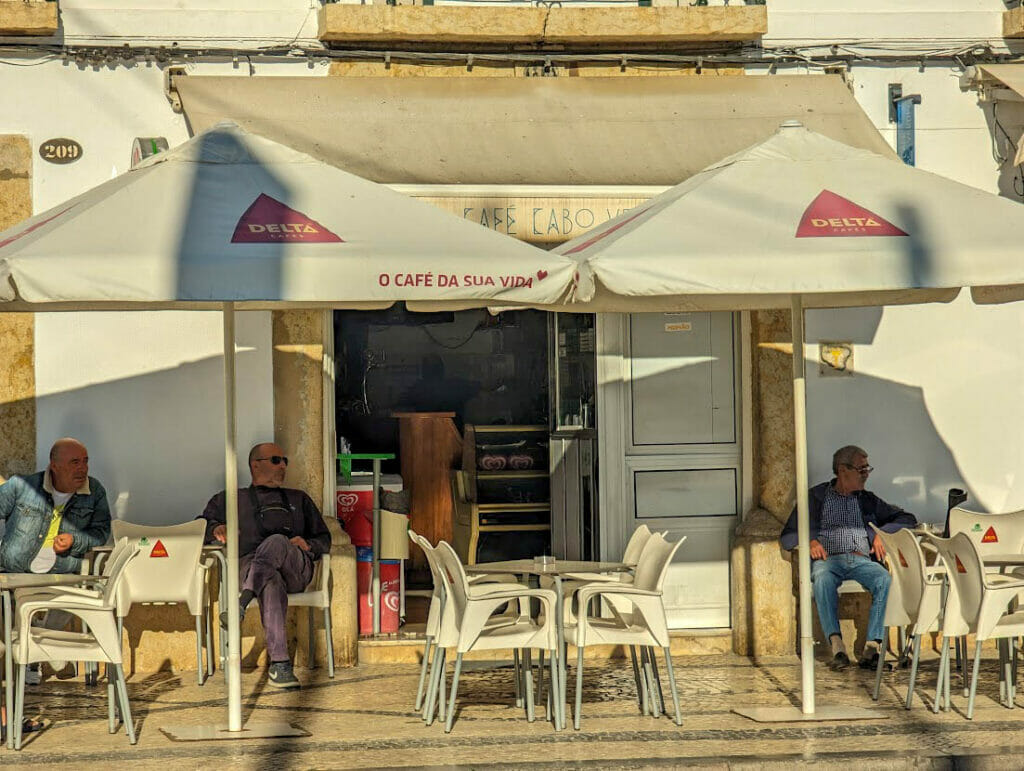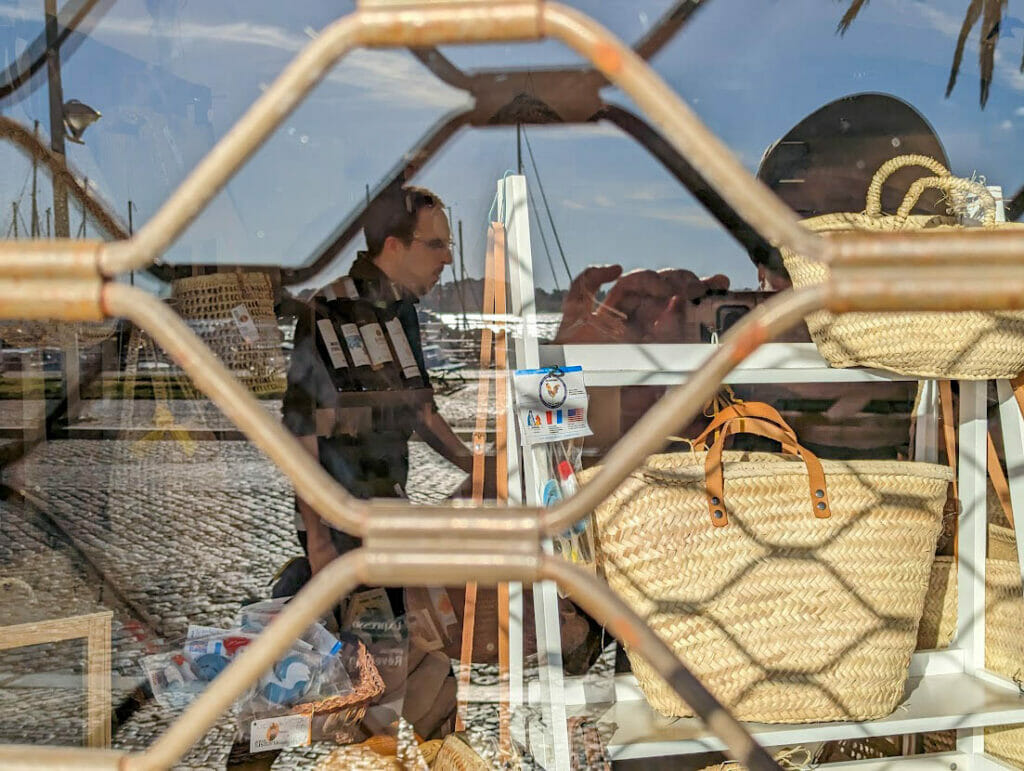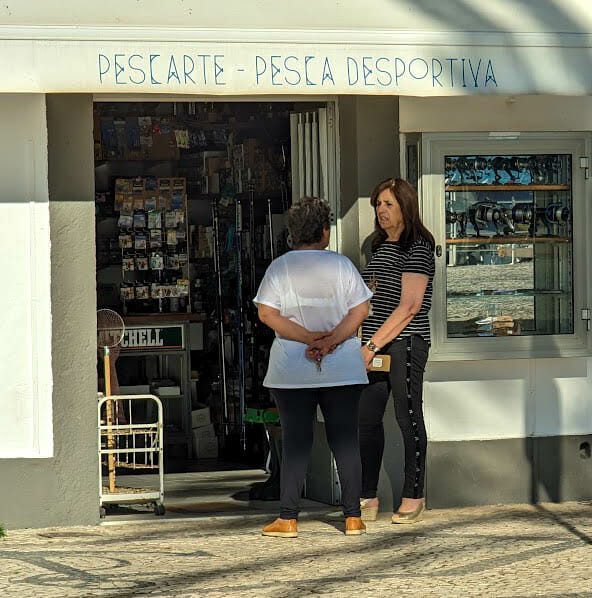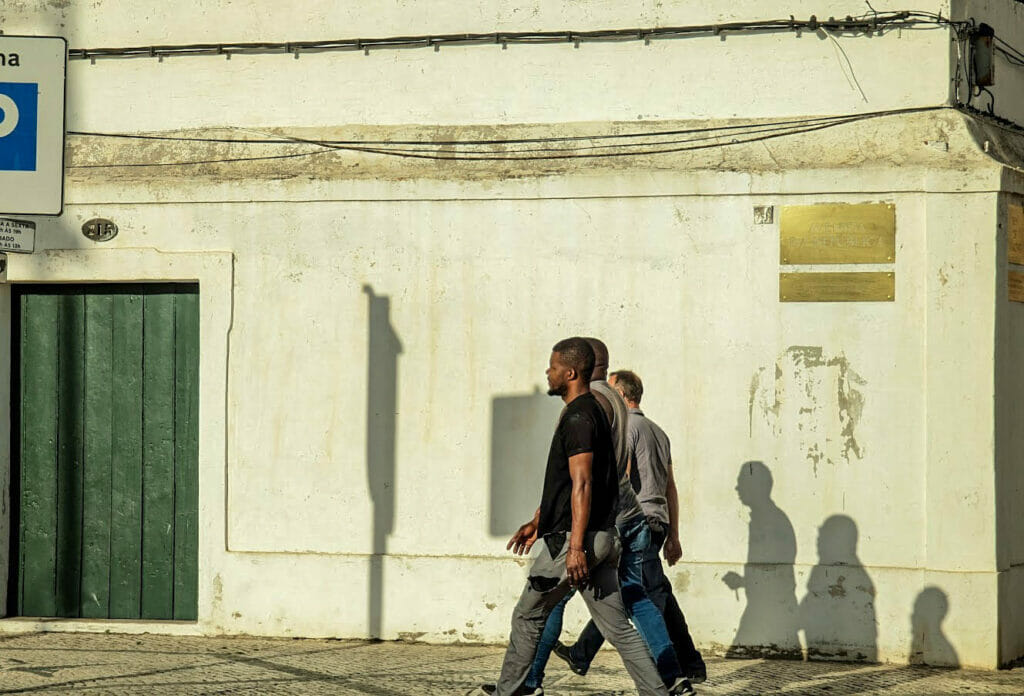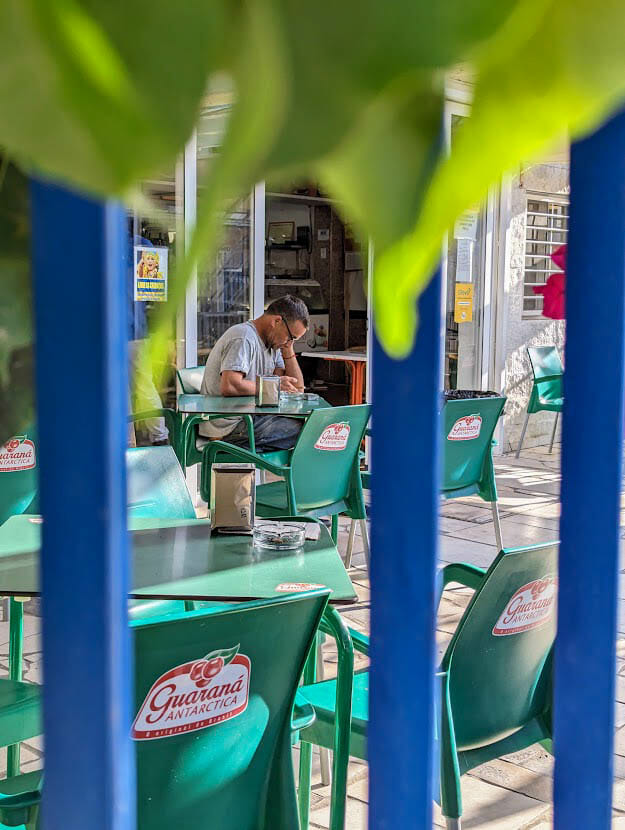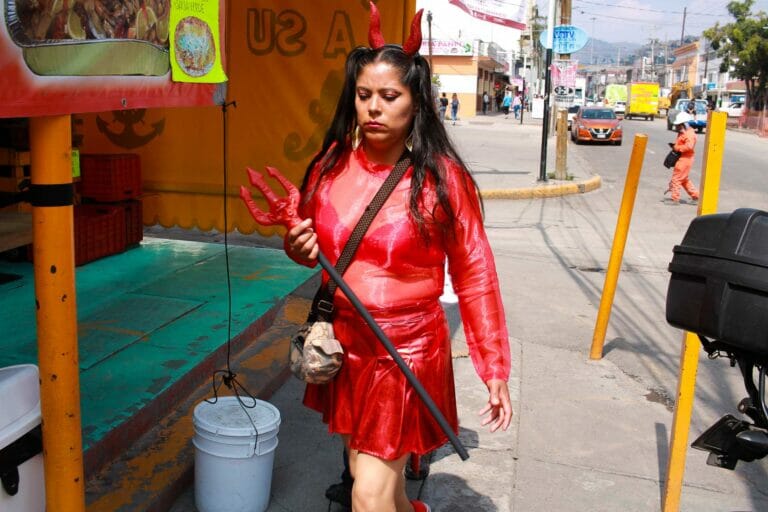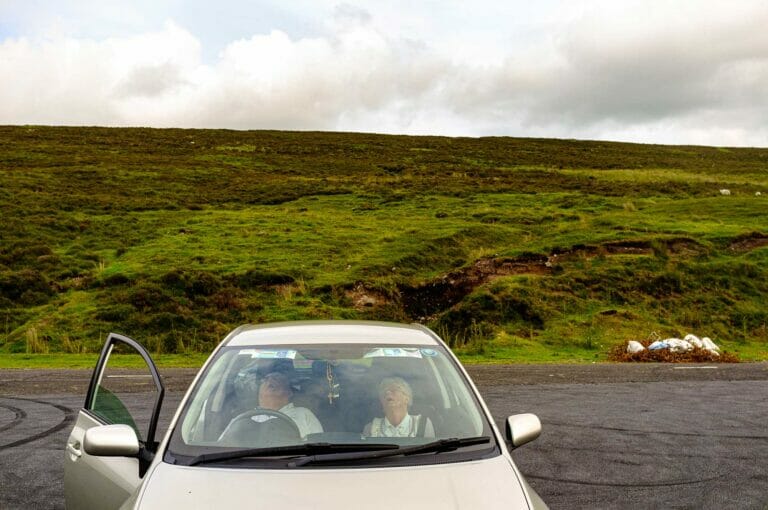Mary Carron Interview
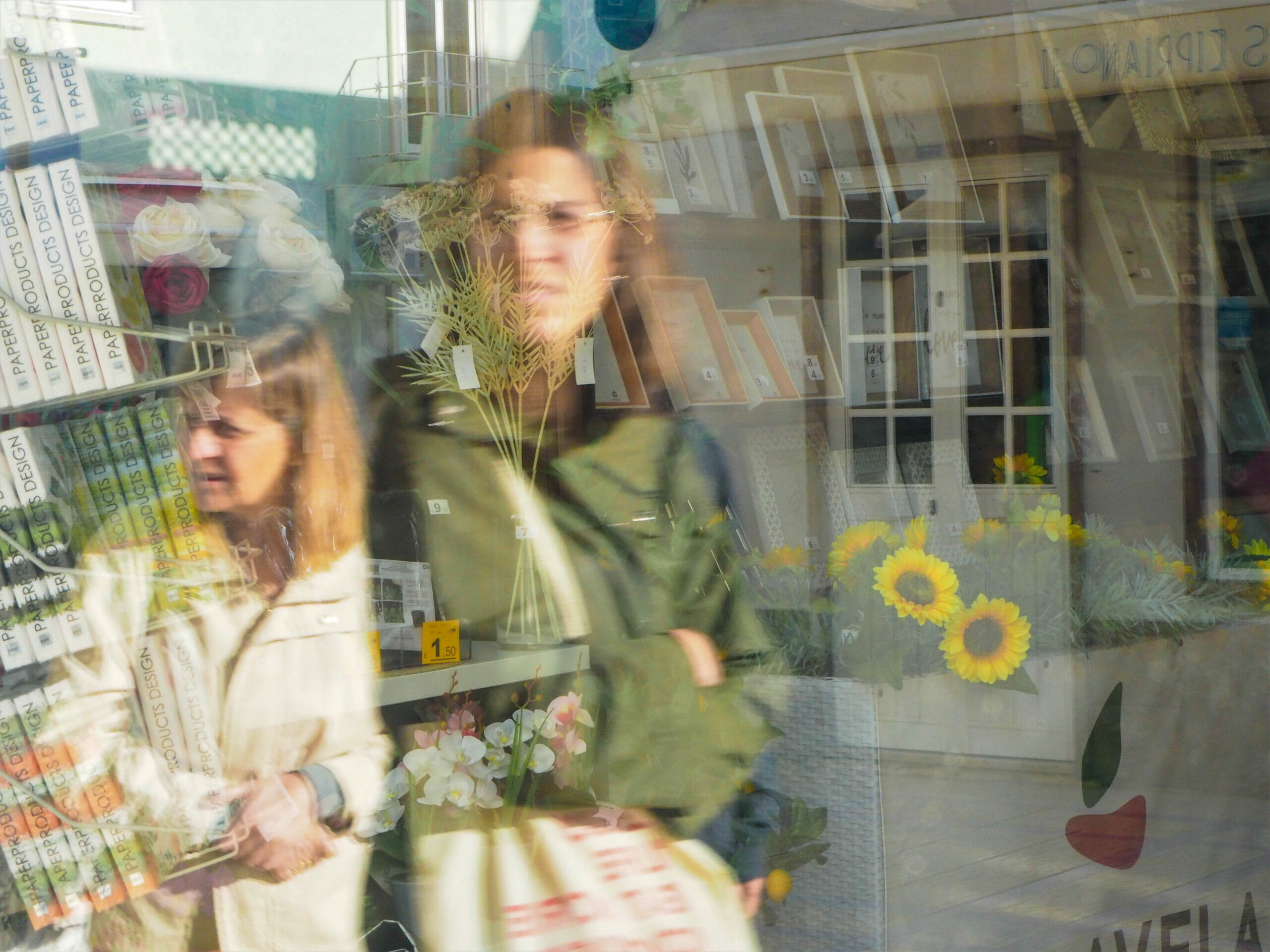
In this interview, Mary Carron, an avid photographer, shares her journey from early fascination with photography to rekindling her passion for it after an absence from the craft.
Mary specializes considers herself an outdoor photographer, but she also does street photography and documents public places, drawing inspiration from renowned photographers like Fan Ho and Vivian Maier.
Mary’s photographic style combines minimalist compositions with layered scenes, capturing the essence of everyday life. She explores urban landscapes, focusing on shape, form, line, color, and texture. Her goal is to evoke a connection with viewers and create images that hold their interest.
We also talk about photography’s benefits for mental health, as she believes that photography supports mindfulness and well-being, which I totally agree with. While landscape photography in nature is a well-known way to find calmness, she believes this benefit extends to all types of photography.
Brandon Ballweg: How did you get started in photography and what drew you to street photography and documenting in public places?
Mary Carron: I started photography when I was around 10 years old. My father bought me my first camera, a Kodak film camera, and I felt very proud taking snaps of things that interested me. I loved making the trip to the camera store to have my film developed and waiting in anticipation to see whether or not my photos had turned out all right. There was often disappointment when I had misfocused, over or under exposed or composed badly, but I learned a lot.
With the onset of digital photography, I had a variety of small compact cameras and
began printing my own images. This soon evolved into the camera on my phone
era, and at that time life and work were making demands on my time so photography
began to take a back seat.
Fast forward to five years ago. I decided to take early retirement from my stressful
job and there was no contest when it came to how I would spend my time. I was
excited to be able to re-kindle my passion for photography and to treat it as a serious
pastime and potential lifelong pursuit.
Today my love of photography has grown steadily to become the thing that gives me
joy and fulfillment.
What drew me to street photography and documenting in public places?
I primarily see myself as an outdoor photographer. I love shooting landscapes,
seascapes, woodlands and all types of natural settings. But I also love travel,
immersing myself in new cultures, being part of a different landscape, and
documenting my experiences with my camera. This has led me to love shooting in
streets of towns and cities, places where people gather and go about their daily
business. I love being part of life on the streets, being involved as an observer,
documenting the weird and wonderful of life as it happens. Sometimes I love going
out without a plan and just immersing myself in what is going on around me – what
Alex Webb called, having a feel for the streets.
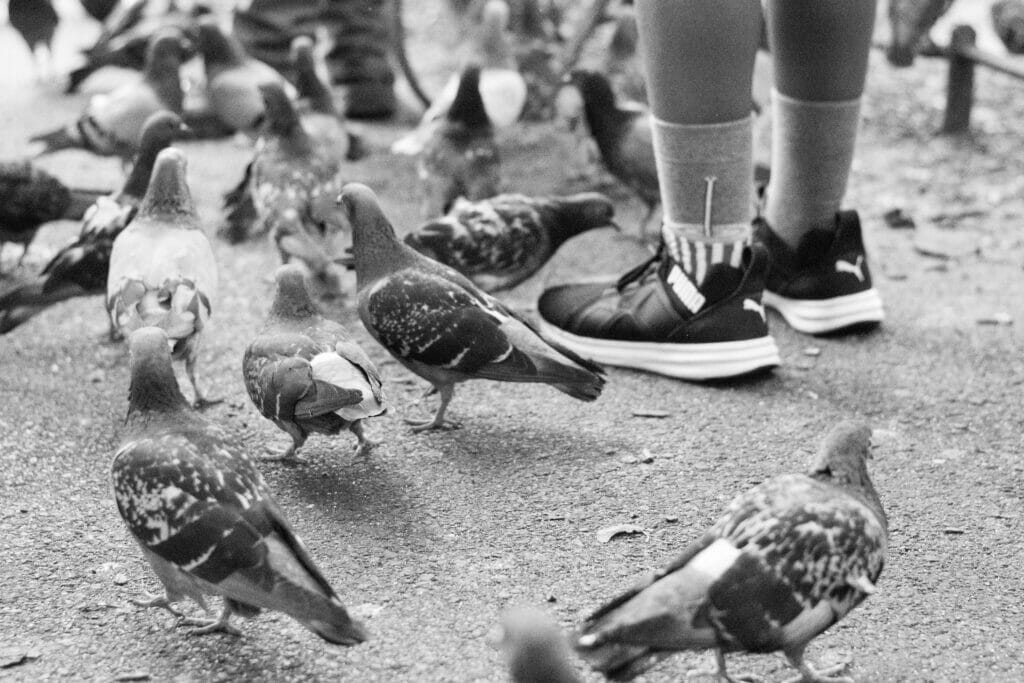
BB: Who are your biggest influences in photography?
MC: When I first became interested in street photography, I discovered the work of Fan Ho and was immediately drawn to his use of geometric shapes along with strong
contrast and his striking compositions. I have continued to study his work and I feel
inspired again every time I look at his images, in particular his amazing narrative
photography and how light features so prominently in his images.
Another influence on my photography was the story of Vivian Maier. I was fascinated
by the life of this unassuming woman who worked as a nanny yet almost secretly
spent her leisure time roaming the streets of New York and Chicago documenting
what was going on around her – the social and environmental changes that were
happening to make way for development and her images of ordinary lives at the
time. The considerable body of work which was uncovered after her death has been
described as a fascinating window into life at the time, and the passion which she
must have felt for photography has been a huge influence on my own motivation to
just get out there and do what I love even if no-one else knows about it.
There are many contemporary photographers, both landscape and street
photographers, working on YouTube who have influenced my photography greatly.
Watching one of these photographers at work often leads me to find another and I
enjoy being part of the community of like-minded people who discuss different
aspects of photography. One YouTube channel which has been very influential in
introducing me to the work of great photographers is The Art of Photography, hosted
by Ted Forbes, and I also love the Walkie Talkie series by Paulie B.
Finally, since I began to develop my style of street photography and go to crowded
places to capture more candid moments, I have been influenced by the work of New
York photographer Melissa O Shaughnessy. I have nothing like her skill for capturing
those magic moments but her work and her approach have been a great motivator
for me.
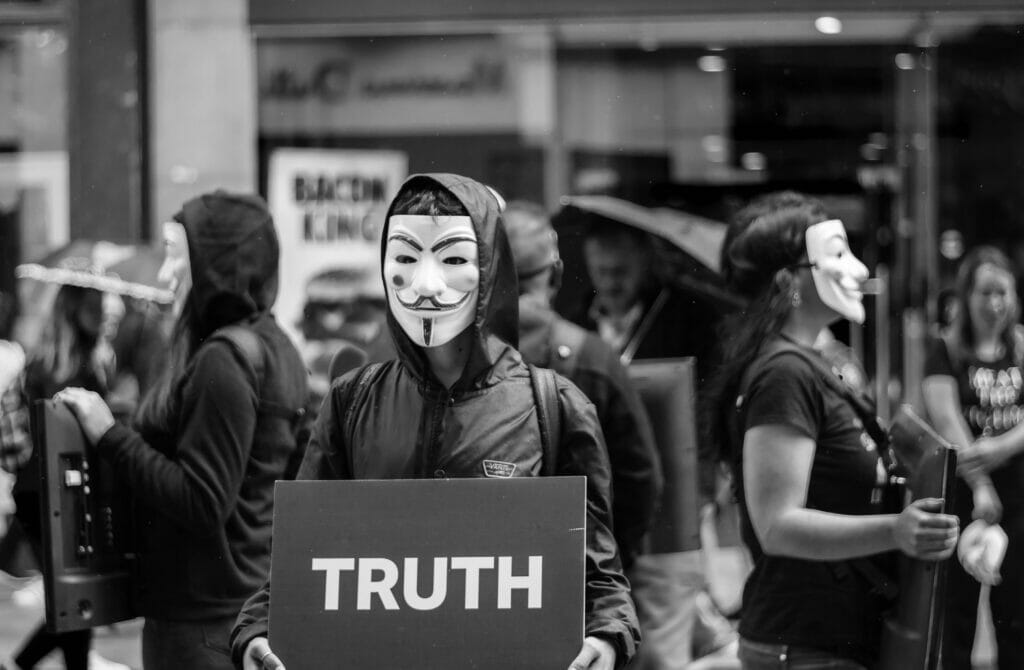
BB: Do you have some photography books that you’ve learned from?
MC: I have to admit that I don’t have a huge collection of photography books. I am a
frequent visitor to my local library where I browse the work of well-known not so well-
known photographers and I have often come across photography gems.
I do love to view photography in print form, as opposed to online, so I am slowly
building my collection.
I started off with two books of collections of street photography images spanning a
range of photography masters from different eras, working in various parts of the
world. One is Street Photography Now, edited by Sophie Howarth and Stephen
McLaren, and the other is 100 Great Street Photographs, edited by David Gibson. I
like these collections as they have been an introduction to many great street
photographers with whom I wasn’t previously familiar and whose work I have
subsequently researched further.
I do tend to browse the work of some street photography masters online, preferably
with commentary from a contemporary admirer of theirs, although I do admit that it’s
not quite the same as turning the pages of a beautifully printed book and being able
to return to it again and again.
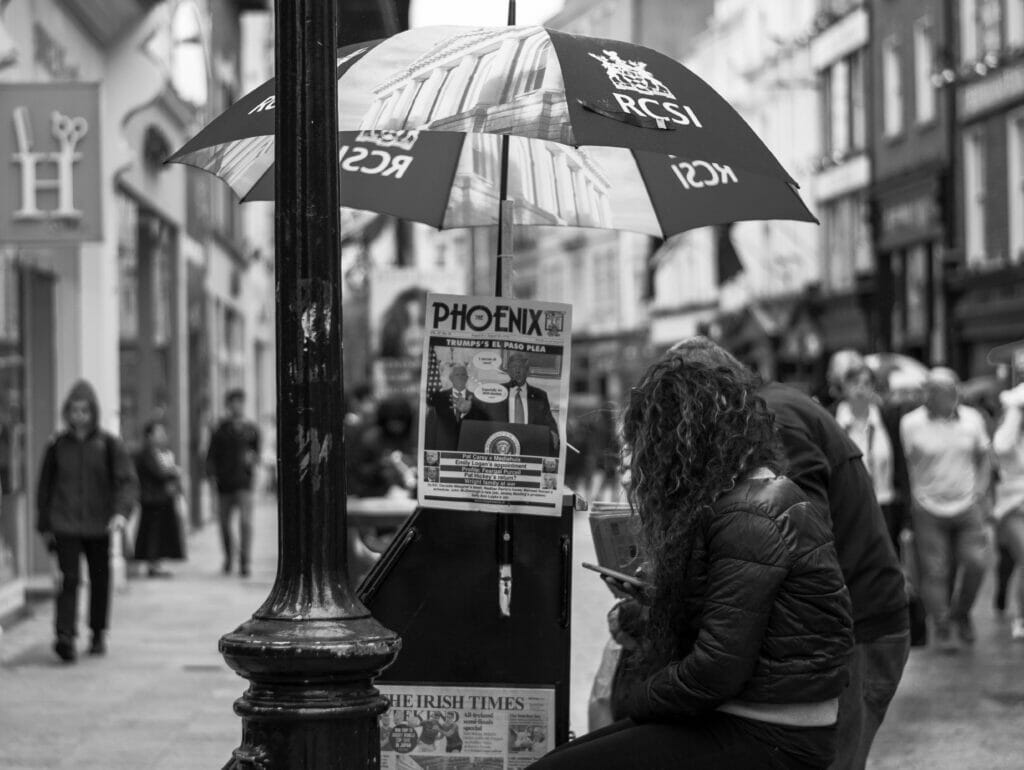
BB: How would you describe your photographic style?
MC: That’s a difficult question to answer. I think I tend to have an eclectic style in that I experiment with lots of different approaches.
If I were to pinpoint my most dominant style up until now, I would say that I prefer to
use a minimalist approach in that my compositions are fairly simple and uncluttered.
I am drawn towards trying to find areas of strong light and shadow and waiting for an
interesting subject to walk into the scene. I have illusions of someday emulating the
masters in this style of photography! However, I do like to experiment with different
styles and I am always on the lookout for something interesting going on that might
make a good image.
Recently when studying the work of some of the great street photographers whose
compositions are more layered and complex, I began experimenting with
approaches such as layering, framing, and even street tableaux in my own work. I do
find it challenging as this way of composing doesn’t come naturally to me. I can
photograph scenes with a lot going on but not with interesting things going on, and I
think there’s a difference.
Despite the difficulties I am enjoying the challenge and adventure of learning
something new. To quote Fan Ho:
“Even if you cannot achieve the unattainable, you shall at least surpass yourself.”
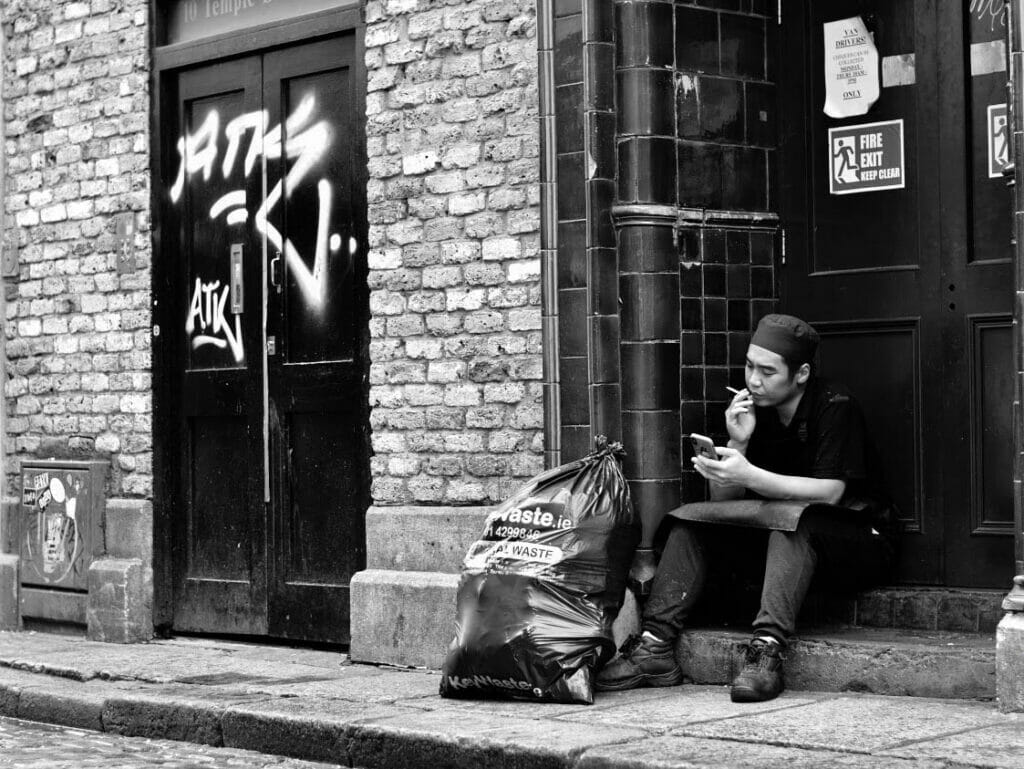
BB: What inspires and motivates you to create?
MC: I think I am fortunate in that my motivation to create seems to come from within. It has always been there. As a young child I loved to draw and I loved to write – short
stories, poetry, journalling – and I often put drawing and writing together in my
notebooks. I still love writing, a passion which has now found an outlet through my
website.
In terms of photography, I find that I constantly want to be out there, making images,
so I’m fortunate that motivation is generally not an issue for me.
Having said that, of course I do experience creative lean times and those are the
times when I turn to others for motivation. I might watch a YouTube video from a
creator whose work I admire, listen to a podcast or spend some time in my local
library being inspired by a photographer whose work is new to me or returning to
what is familiar.
When my lack of motivation comes from that sense that there is nothing left to
photograph, I tend to shake things up a bit. I might concentrate on street or urban
photography for a while instead of rural landscapes, or vice versa. I might go
somewhere I haven’t been before or give myself a theme or a challenge.
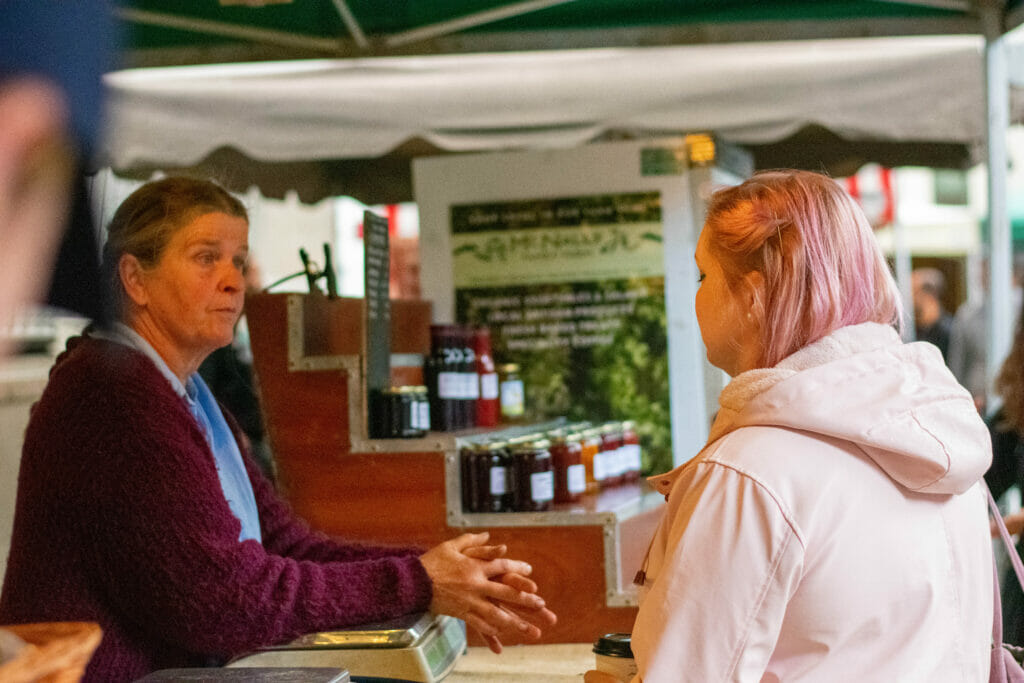
BB: What do you think makes a street photograph stand out?
MC: In my opinion the answer to this question must be composition and light.
A simple image will stand out, but so also will a complex one; colour will stand out,
and so will black and white, if the composition and light are right.
When an image stands out for me, when I gravitate towards it, I can’t always explain
why but I know that certain compositions just work for the viewer. I believe that when
a photographer, through a combination of experience, learning and intuition, knows
exactly how to achieve an interesting composition and to make good use of the
available light, there is every chance that the resulting image will stand out for the
viewer, regardless of whether that image is simple or complex, shot in colour or black
and white.
Having said that, I think images stand out in different ways. Some images are
immediately visually striking to the viewer often due to being high contrast, minimalist
images, while more complex compositions require time for the viewer to digest all
that is happening in the frame, such as in the work of Alex Webb or images from Fan
Ho like ‘Quarter to Four’. Yet it is the very complexity of these images, the ability
which they have to draw the viewer in and to move around the frame trying to take it
all in, that makes these images stand out.
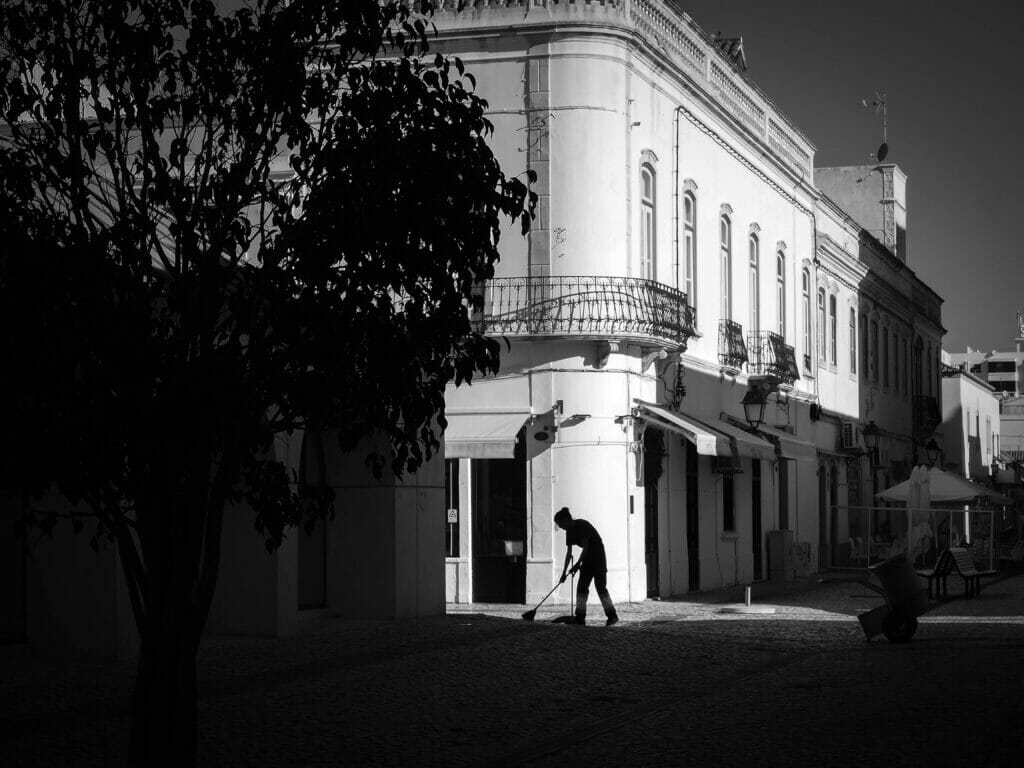
BB: What’s your approach to urban landscape photography?
MC: I adopt a more relaxed approach to urban landscape photography than I do to street photography. After all, buildings are going nowhere and there are no ‘moments’ to miss by taking a slower, more deliberate pace.
With urban landscape photography I tend to look for the striking features of the
particular landscape in which I am shooting. In older towns and cities, I will look for
typical architectural examples of the era in which they were built. In more modern
developments I will look for interesting geometry in the landscape. Shape, form, line
colour and texture often combine to create interesting images. In urban landscapes I
tend to look up as that is often where the interest lies.
I think that urban landscapes can still include people and various examples of human
influence on the environment. After all, the urban landscape is essentially a human
made environment, so it makes sense to include all aspects of this landscape in our
images.

BB: What would you like viewers to feel when they see your work?
MC: I’d like viewers to feel a connection. I’d like it if viewers would feel drawn to an image and that it would hold their interest for more than a fleeting moment. I’d like if my compositions worked so that they drew the viewer into the scene and encouraged
them to stay there for a while, look around the image, and connect in some way with
what they see before them.

BB: What have you struggled with in your photography and was there anything that helped you overcome it?
MC: I have struggled to understand exactly what makes a good composition and how to achieve that. I know that the human eye is drawn to how an image is presented in the frame and that composition guidelines that help to make the image more
interesting and visually appealing have been around for centuries. However, I have found that putting these guidelines into practice when composing an image is not always easy to do.
A few things have helped.
The most obvious is to keep taking lots of photographs so that I build up an intuition
for good composition.
I have studied the various composition guidelines and tried to incorporate them
gradually. I might spend some time making use of leading lines until I feel happy that
I have mastered the use of this technique, then work on another. This approach has
helped me keep composition guidelines at the back of my mind so that I avoid
making any glaring mistakes.
The third way that has helped me overcome my struggle with composition is studying
the work of great photographers. Spending time with photographs that have
withstood the test of time is a good way to help understand what it is that makes
them great. I try to work out how these master photographers have placed elements
in a frame in such a way that we are drawn to look at their images time and time
again.

BB: What do you think the point of street photography is?
MC: On one level street photography is an enjoyable genre of photography that allows us to go out with our camera and become part of the street theatre that is playing out before our eyes. We get to observe things that others may not even see, witness the humorous, the quirky, the weird happenings that are part of daily life on our streets, and capture these moments for others to see. Street photography brings joy and fulfilment to the photographer, and we have only to look at the work of any of the great street photographers to know that it also brings immense pleasure to the
viewer of the images.
On another level, street photography is an important part of our social history. The
photographs of great street photographers of the past have left us a uniquely
valuable visual legacy documenting a way of life that is no more. I recently visited a
photography exhibition in my home city of Dublin, Ireland. The exhibition was not
based on the work of any one photographer but rather was a collection of photos
from amateur photographers who had documented life on the streets of Dublin in the
nineteen fifties and sixties. The exhibition gave a real flavour of life at the time and
spanned a range of topics from children’s street games to snapshots of the everyday
lives of the local people and they presented a vivid picture of living conditions
common in inner city Dublin at the time. These photographs are a real example of
how photography provides a glimpse into our past.
Contemporary street photographers, particularly those whose images stand out in
the crowded field of contemporary street photography, are now documenting places,
cultures and people’s way of life for future generations.
Street photographers also have an important role in documenting pivotal events of
our generation, as witnessed by the ‘tough’ photography of Joel Meyerowitz resulting
from being given exclusive access to Ground Zero. In the last few years too, images
of people going about their daily routines wearing masks will forever be a reminder of
the time of the worldwide COVID 19 pandemic.
I think the important role of street photography in our society shouldn’t be
underestimated.

BB: In what ways has your photography evolved over the years, and is there a particular style that you’re gravitating towards?
MC: Over the years my photography has certainly become more intentional. When I
started out, I tended to look at a scene, point the camera and shoot, without much
thought for proper composition. Now I take my time, work a scene, compose my shot
from several different angles and perspectives and try to ensure that I come away
with the best possible image that I can get. I often return to the same location to try
to achieve a better image, and I will spend time waiting until conditions are right.
That might mean waiting in a spot with good light and shadow contrast for an
interesting subject to appear or waiting for good light or dramatic clouds in a
landscape location.
As I mentioned in question 5, I find myself gravitating towards attempting more
complex street images involving several layers. I love to try and create mood in an
image and to tell a story. If I could craft an image in which there are multiple activities
going on, and where each of these activities or actions generates interest and
creates a narrative, I would consider it to be a great achievement.
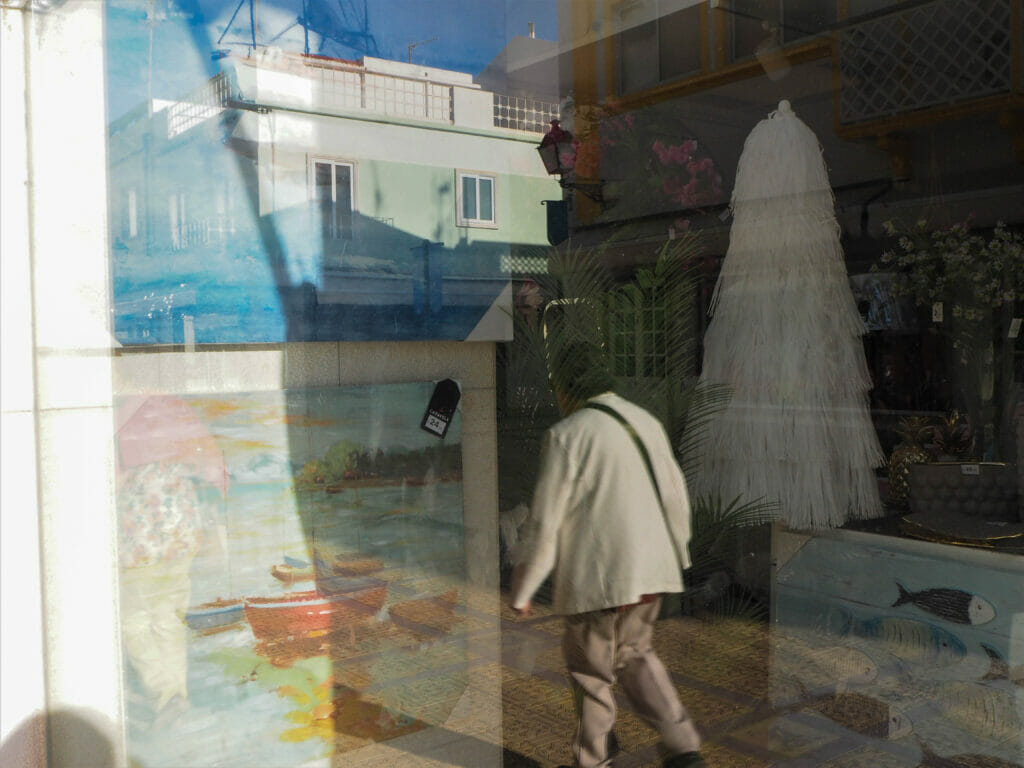
BB: You talk about how photography makes you more mindful and more in tune with the world around you. Could you expand on how and why you think photography is beneficial for our wellbeing?
MC: Yes indeed. I have written several blog posts on the ways in which I believe
photography helps us to become more mindful and supports us with our wellbeing.
Being in nature and doing landscape photography is an obvious way to calm our
mind and let ourselves ‘be’ in the moment, but I don’t think this benefit of
photography is confined to just landscape or nature photography. When I take a
camera in my hand, whether it is in a rural landscape setting or an urban setting, I
can completely forget about all the stresses and worries of everyday life and just
focus on the moment. I give my full attention to what I am doing, to observing what is
around me and to composing my image. During this time, I am completely in flow,
present in each moment and my mind is fully engaged in capturing the image.
I think that of all the activities I do photography is the one that helps me forget
everything else and just be present, a perfect way to experience positive mental
health and a sense of wellbeing.
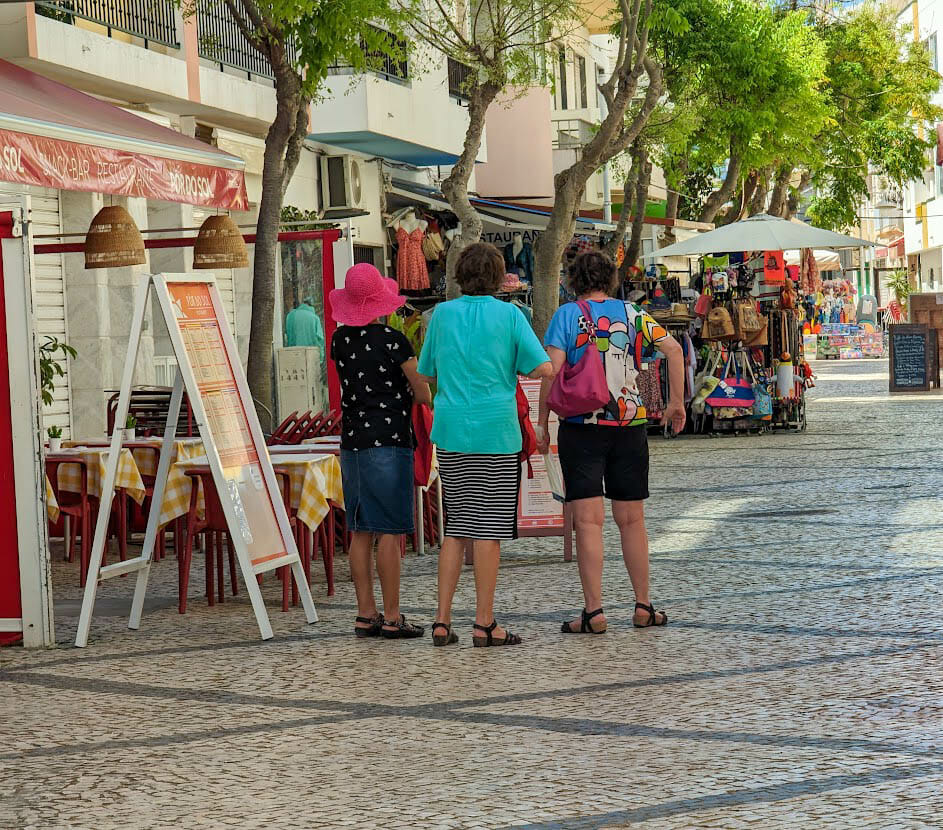
BB: Is there anything I haven’t asked you that you’d like to share?
MC: I think you have pretty much covered everything, Brandon, but I would like to take a moment to thank you for giving me this opportunity to share some of my story and my thoughts on photography, and on street photography in particular. It is a genre that is relatively new to me but which is fast becoming one of my preferred genres of photography.
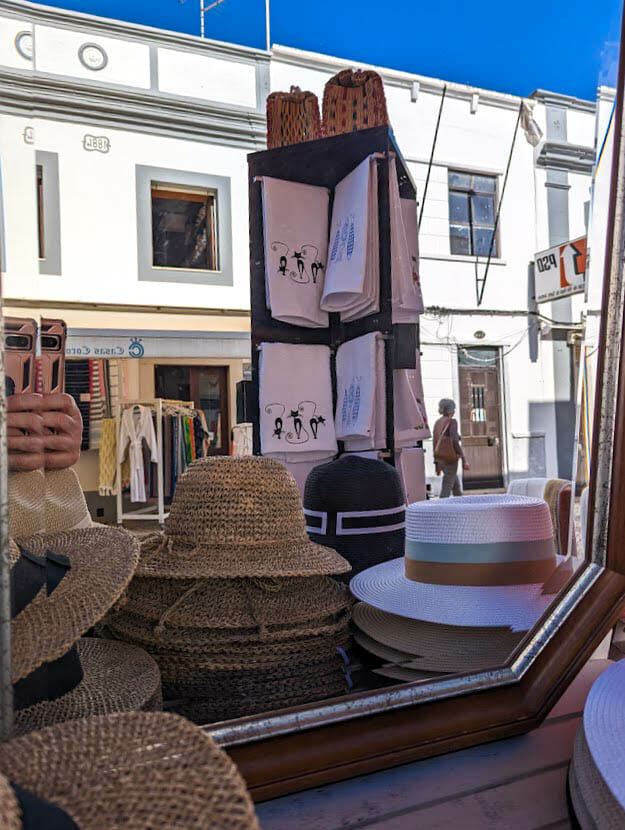
BB: Where can people find your work?
MC: I have my own website www.wildwillowways.com where I post a lot of my images. It is essentially a blog site which I set up to document my photography journey. In
some ways by writing about my learning and some of the subjects that interest me I
am helping to encourage myself to keep going on this journey. I also hope to reach
out to others who might enjoy reading what I write or browsing through my images.
Please do check out my website and leave me a comment. I would love to hear from
you.
